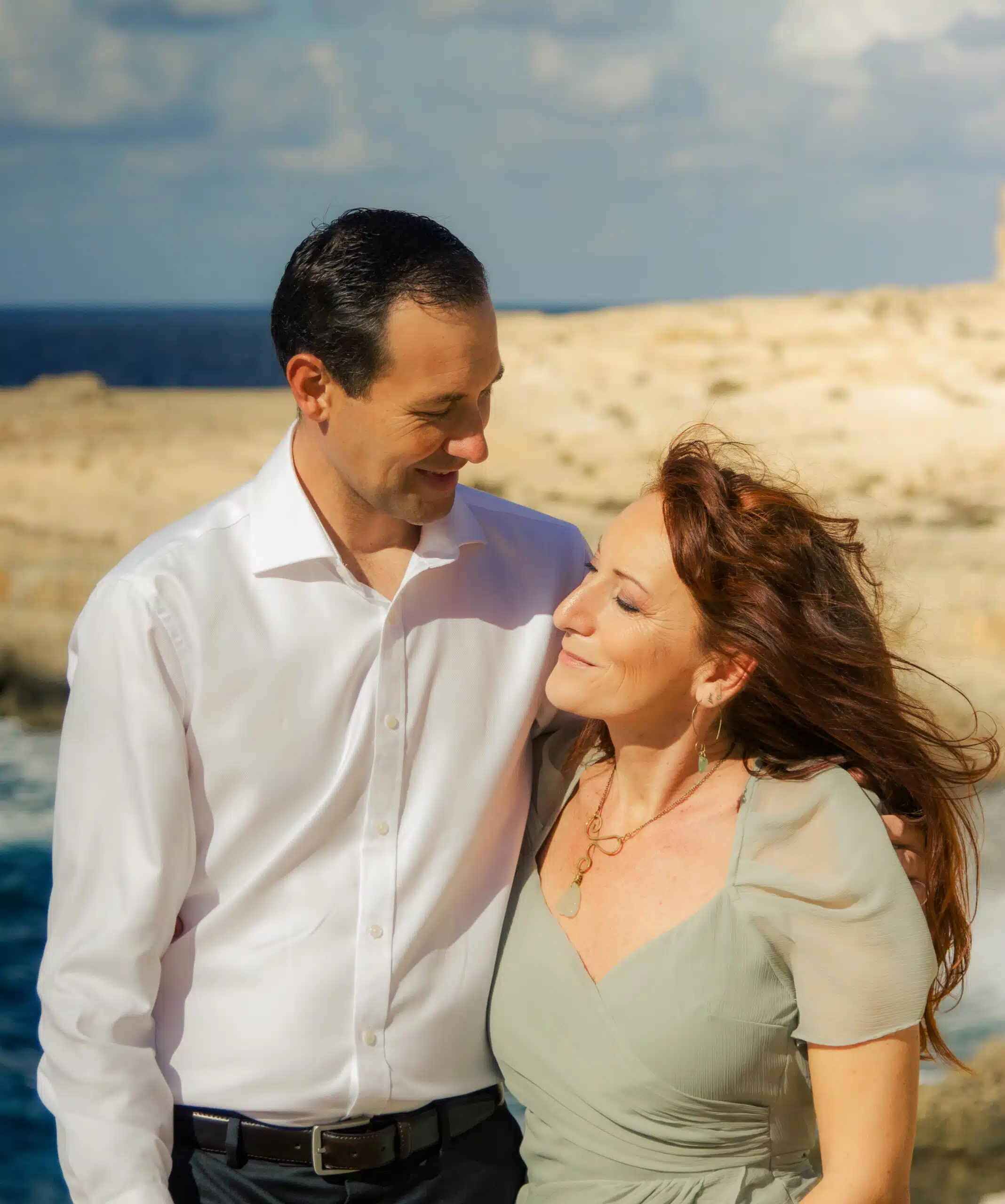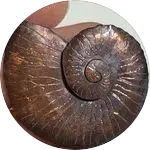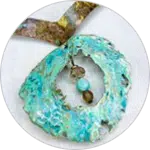
We are a married couple, Adrienn and Abel Bartolich. We landed on Malta – this tiny gem right in the middle of the Mediterranean – on a warm sunny September afternoon, back in 2013. Escaping from the gloomy never-ending winters in Europe, here in our new home we felt our minds and souls sighed with relief absorbing the warmth and power of the sun – something these islands are enjoying on more than 300 days a year. Although it wasn’t the first time we were trapped by the charming Mediterranean atmosphere, this time we felt we arrived somewhere we have always belonged to.
Of course, this new beginning wasn’t entirely unclouded – beginning one’s life from scratch has its challenges. Moving into an empty home with nothing more than 2 suitcases and not more money in the pocket than what covers 1 month’s living, is a challenge. A challenge for one’s faith, perseverance, trust, love. We focused on these, and we drew closer to each other, to God, and to Nature. And slowly, brick-by-brick we were able to build up our life again: we found friendships, work, sofa for the living room, favourite fisherman to buy from, and so on and on while collecting new memories all along. Day by day, month by month. And this is what life is made of.
We believe, from experience, in the unsurpassable value of simple and slow lifestyle. This is what eventually opens the way to the flow of creativity – which is a vital element of our lives. To create something of meaning with our minds and with our hands, it is our overpowering necessity – and this is how our artworks were finally born here, far away from the hustle and bustle of big cities, in our new home on these sun-bathed, wind-swept islands, right in the middle of the Great Sea.

Call Us
Abel Bartolich
+356 9931 4729

Adrienn Bartolich
info@bartoart.com
FOLLOW US ON
Art of Nature
Contemporary Jewellery
@artofnaturejewellery
Art of Nature
Contemporary Jewellery
@artofnaturecontemporaryjewellery
Adrienn Bartolich Ocean Art
@adriennbartolich_oceanart




